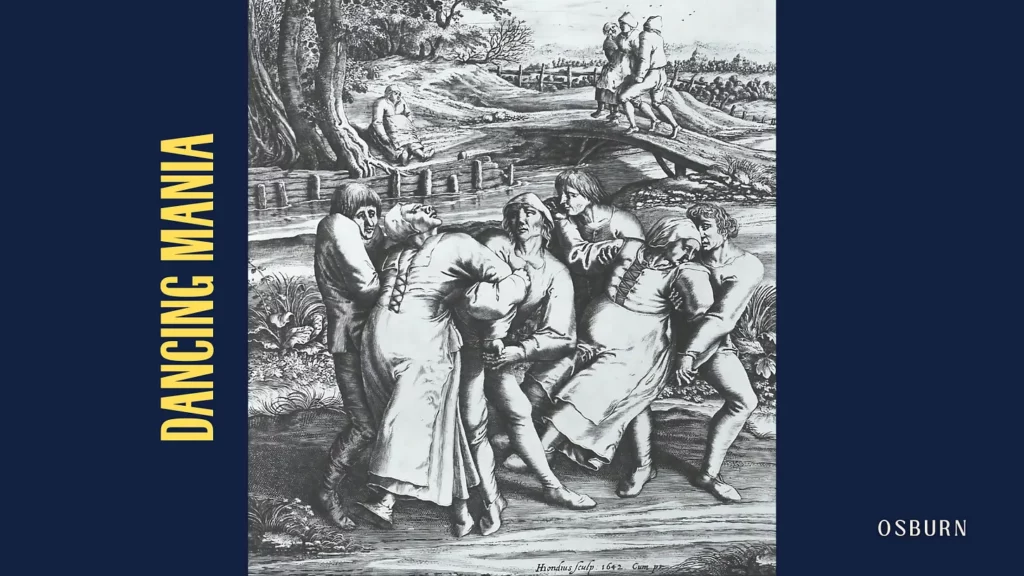3 Insights
“Desire is a contract that you make with yourself to be unhappy until you get what you want.” — Naval Ravikant
“The three most harmful addictions are heroin, carbohydrates, and a monthly salary.” — Nassim Taleb
“Talent hits a target no one else can hit; genius hits a target no one else can see.” — Arthur Schopenhauer
What I Learned this Week
In 1901, divers off the coast of the Greek island of Antikythera discovered a shipwreck containing a strange piece of bronze. Initially thought to be an ordinary artifact, it was soon revealed to be the Antikythera Mechanism—an ancient analog computer that could predict the movements of the stars and planets with remarkable precision. Dating back to around 100 BCE, the device had an intricate system of gears and dials, showcasing a level of mechanical sophistication far ahead of its (our?) time.

The Antikythera Mechanism predicted astronomical events and cycles. It was an ancient analog computer designed to track the movements of the Sun, Moon, and Planets. The device was also used to calculate the timing of the Olympic Games and other Panhellenic festivals based on their periodic cycles. What fascinates me most is the sense of lost knowledge surrounding it. If the Greeks could build something this advanced, what else did they create that we haven’t found yet?
Dancing Plague

A strange occurrence happened in Strasbourg (in the summer of 1518) then part of the Holy Roman Empire. Dozens of people suddenly began to dance in the streets, and their movements were anything but ordinary. They moved uncontrollably, without rest, for days on end. It started when a woman called Frau Troffea began to dance in a street in Strasbourg. According to Ned Pennant-Rea, “Frau Troffea had started dancing on July 14th… some of those who had witnessed her strange performance had begun to mimic her.” Within a week, the phenomenon had spread to more than 30 people, and by the end of the month, over 400 were involved. Some danced until they collapsed due to exhaustion, while others died from heart attacks or strokes.
This outbreak of a “dancing plague” has long remained a mystery. One popular theory is ergotism, a form of poisoning caused by a hallucinogenic fungus that grows on rye. The people of Strasbourg, living in dire conditions with little food, may have eaten bread made from contaminated rye, causing them to hallucinate and experience spasms. Another theory suggests that the plague was caused by mass hysteria. The stress of living in difficult conditions, exacerbated by plague and famine, might have triggered a psychological outbreak.

Despite efforts from local authorities, including sending the dancers to a shrine in the hopes of curing them, the plague eventually subsided by early September. However, the event left an indelible mark on Strasbourg’s history. Some survivors were left physically and mentally damaged, while others died.
Reflections
In an effort to create our own future, we must do our best to learn and understand the collective past. Learn to love suffering.
Are we driven more by the pursuit of meaning or the avoidance of discomfort?
The Real Con 118
